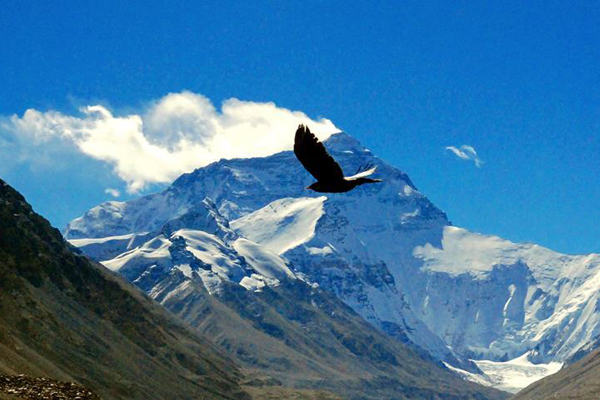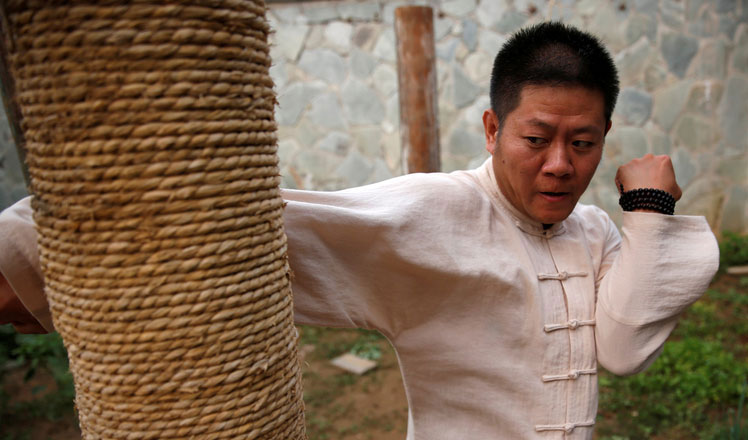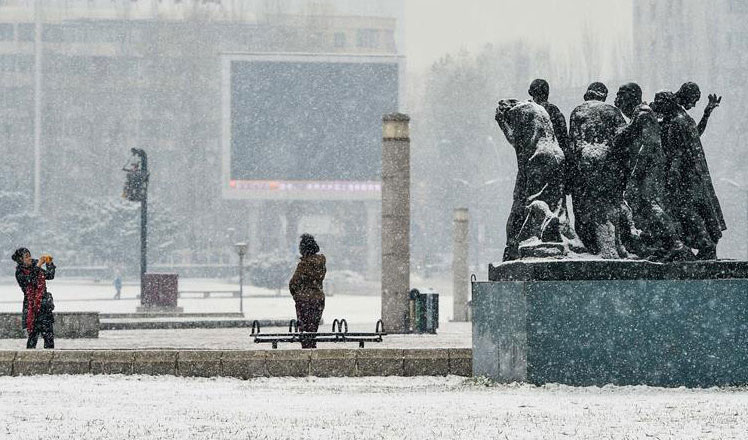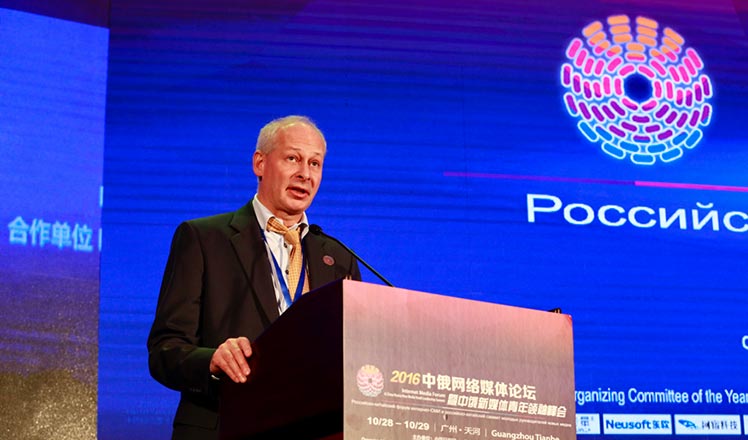Mountaineering center to boost Tibet's economy
Updated: 2016-10-31 07:42
By PALDEN NYIMA and DAQIONG(China Daily)
|
||||||||
 |
|
The photo of Qomolangma is taken in Tibet autonomous region on Oct 29, 2016. The 8,844.43-meter-high Qomolangma, located on the border of China and Nepal, is the world's tallest peak. [Photo/Xinhua] |
The project will be built in Gangkar township, near the northern slope of Qomolangma, or Mount Everest, in the Tibet autonomous region and is aimed at growing the mountaineering industry and local economy.
According to the regional sports bureau, the center will cater to mountaineers, skiers, paragliders and tour guides, and will feature medical services, travel agencies and a helicopter rescue base.
"There will also be a mountaineering museum; rental and repair centers for cars, motorbikes and bicycles; and restaurants and accommodation," said Nyima Tsering, the bureau's deputy director.
The center will cost more than 100 million yuan ($14.7 million) and cover an area of about 84,320 square meters. Construction is scheduled to start next year and should be completed in 2019.
"I'm very excited," said Zhang Hong, who plans to become the first blind Chinese alpinist to reach the summit of Qomolangma, the world's tallest mountain. "The center could be helpful for me to fulfill my dreams."
The 41-year-old has already conquered two peaks of over 5,800 meters in the past two years and next year will attempt Cho Oyu, also in Tibet, which stands at 7,028 meters.
Surrounded by snow-capped mountains and glaciers, the Tibetan plateau is one of the world's finest destinations for climbers seeking challenging peaks and rare vistas, with five mountains over 8,000 meters, more than 70 over 7,000 meters and at least 1,000 over 6,000 meters.
Gangkar is one of the five frontier townships in Dingri county and borders Nepal in the south.
"The township is the best place to see the peaks of Qomolangma, Cho Oyu, Shishapangma, Lhotse and Makalu," said Nyima Tsering.
He said the new center will also cooperate with the Nepalese authorities, which govern the southern slope of Qomolangma, to facilitate helicopter rescue services.
Lodre, 53, a mountaineering coach with the Tibet Mountaineering Guide School, said the center will boost high-mountain medical assistance capabilities. "Tibet only has ground rescue services, but air rescue is essential for climbing in the Qomolangma area," he said.
Tsering Ngodrup, a 29-year-old alpinist, said as the region has developed, more climbers have arrived.
"Building a mountaineering center is a smart move. Many climbers are not confident in planning expeditions in the mountains (in Tibet) because there is a lack of basic services," he said, adding that guaranteeing such services would be a major lift for the region's mountaineering and outdoor sports industry.
Ngakwang Dradul, who has 17 years of climbing experience, said the center will also help to boost the economy by helping local farmers and nomads to find jobs and generating tourism incomes.
Contact the writers at palden_nyima@chinadaily.com.cn
- Father and son express gratitude by traveling to 200 Chinese cities
- Wife raises funds to search for missing sailor
- Two-child policy working, birthrate figures show
- China promotes transfer of farmland use right
- Hefty award offered for deciphering oracle bone characters
- China Daily brings you 'sixth plenums' in past 35 years
- EU, Canada sign landmark deals to enhance economic, political partnership
- Wife raises funds to search for missing sailor
- Clinton's edge ebbs after FBI's announcement of new email review: poll
- Asia American leaders discuss civic engagement
- World's disabled get new champion
- Clinton, Michelle Obama make first joint campaign appearance

 The World in photos: from Oct 24 to Oct 30
The World in photos: from Oct 24 to Oct 30
 Through the lens: The life of a kung fu master
Through the lens: The life of a kung fu master
 In pics: Top 10 Chinese cities in 2016
In pics: Top 10 Chinese cities in 2016
 A sprinkling of snow in China's northern part
A sprinkling of snow in China's northern part
 In pics: School uniforms get chic look
In pics: School uniforms get chic look
 China-Russia Internet Media Forum opens in Guangzhou
China-Russia Internet Media Forum opens in Guangzhou
 2016 Comedy Wildlife Photography Awards Finalists
2016 Comedy Wildlife Photography Awards Finalists
 NINED VR creates splash with virtual reality products
NINED VR creates splash with virtual reality products
Most Viewed
Editor's Picks

|

|

|

|

|

|
Today's Top News
'Zero Hunger Run' held in Rome
Trump outlines anti-terror plan, proposing extreme vetting for immigrants
Phelps puts spotlight on cupping
US launches airstrikes against IS targets in Libya's Sirte
Ministry slams US-Korean THAAD deployment
Two police officers shot at protest in Dallas
Abe's blame game reveals his policies failing to get results
Ending wildlife trafficking must be policy priority in Asia
US Weekly

|

|







